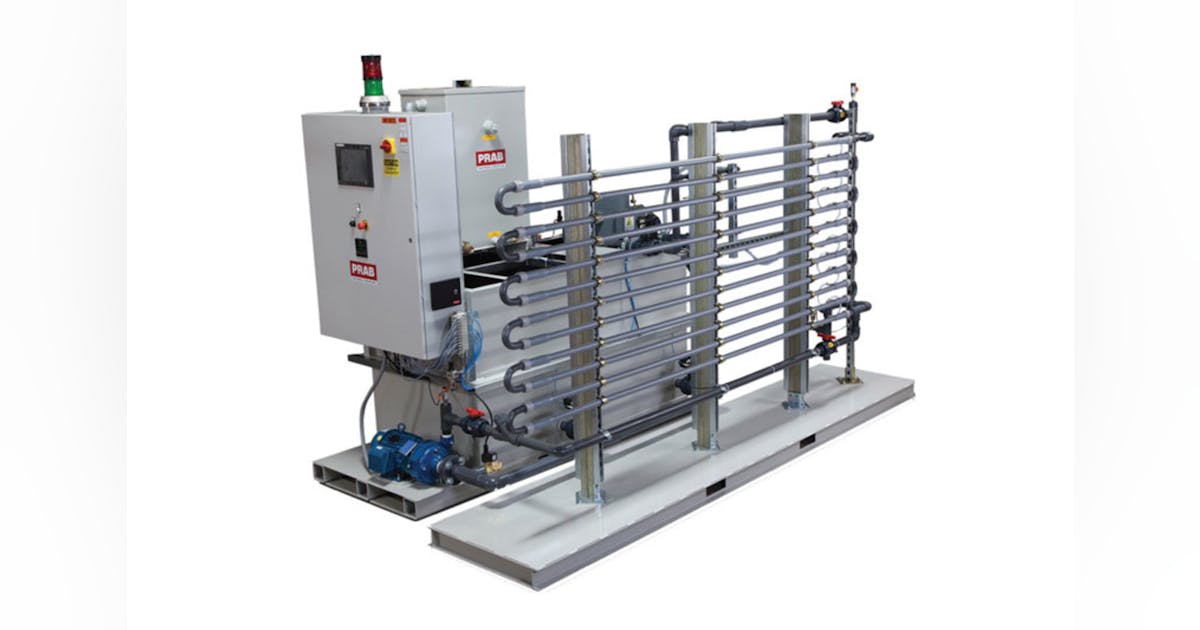Many homeowners overlook the significance of septic tank risers when it comes to maintaining their septic tanks. These easy-to-use components make it easier to access the septic system for routine maintenance and inspections. Installing risers for your septic tanks avoids the need to excavate the ground every occasion you require services. This will save both time and money, as well as decreasing the disturbance to your landscaping. The risers of septic tanks also reduce the chance of injury or accidents during maintenance since they offer a safe access point to the tank.

Effluent management is an additional crucial element of maintaining the health of your septic system. The liquid waste that’s being discharged from the septic tank in the drainfield for further treatment is called effluent. The combination of bacteria, organic matter and water is called effluent. Over time, solid particles in the effluent could get trapped in the bottom of the tank and create the appearance of sludge. If it is not eliminated quickly, will build up and cause a blockage in the system. It can also cause damage to the drainage field. Regular pumping and effluent management ensure that the tank functions efficiently, preventing blockages from occurring and prolonging its life.
A proper drainage system is an essential component of the functionality of a septic tank. When water from your home and goes into the septic system it undergoes a natural separation process. Solid waste settles to the bottom while oils and other lighter materials rise to the top forming an encrusted scum. The liquid residue, referred to as effluent or wastewater, escapes from the tank and flows into the drainfield to further filter. A properly designed drainage system allows effluent to flow smoothly, preventing floods and back-ups. It is vital to ensure that drainage pipes are free of dirt, roots or other obstructions that could interfere with the effluent’s flow. Regular maintenance and inspections of the drainage system may stop costly repairs and environmental pollution.
The choice of the correct septic tank for your house is an important decision that could have long-term consequences regarding your property’s sanitation as well as performance. Before making a decision you must consider the following elements. The size of the tank should be determined by the water usage of your house and the amount of people living in the house. If you have a big household or often entertain guests, a bigger tank is required. Second, you should consider the tank’s material. Most common options are concrete, fiberglass and plastic. Each material comes with its own advantages and drawbacks in terms of longevity, cost, as well as maintenance. Also, make sure to examine any local regulations and guidelines regarding the construction of septic tanks. Pick a tank that is in compliance with all the standards that are required and is in compliance with the guidelines. For more information, click Risers
Find a certified installer of septic systems who can evaluate your property and provide expert recommendations based on your topography and soil conditions. You can select the best septic system for your property by taking a careful look at all of these elements. This will result in a reliable, efficient and effective water management.
The proper functioning and maintenance of septic tanks as well as the efficient management of effluent, setting up risers, and ensuring that the drainage is proper are all essential elements of an effective and stable the septic system. Septic tanks function as a primary treatment for wastewater that is generated by homes, and the controlling effluent ensures that the treated liquid waste is disposed of in a safe manner. They aid in the process of maintain the system. In addition, proper drainage permits the efficient flow of effluent, which helps prevent back-ups and system failures. Making these aspects a priority and implementing regular maintenance programs will ensure that septic systems are sustainable, efficient, and durable. This ensures a healthy and safe living environment.
